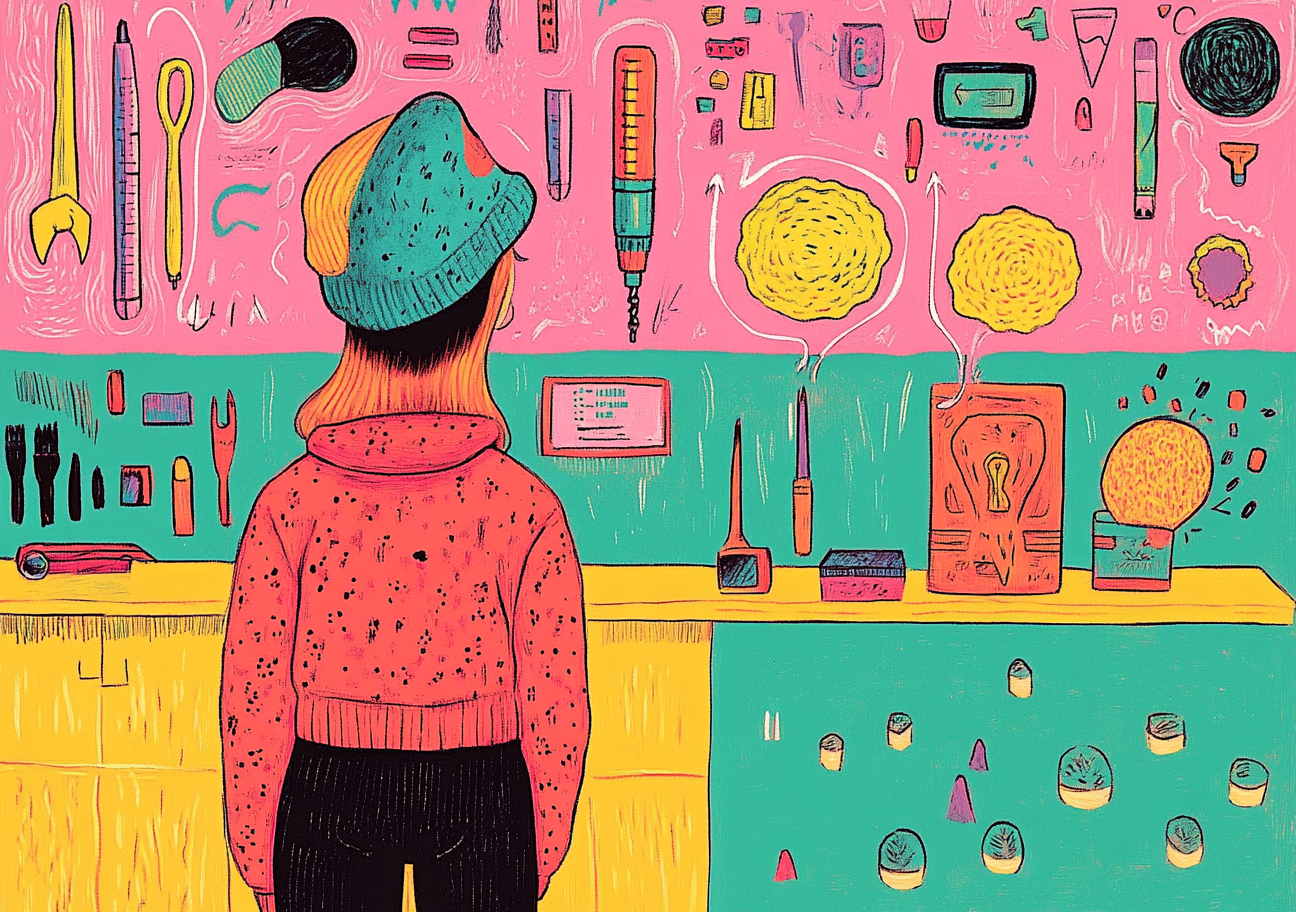Jobs to Be Done (JTBD)
Most product teams are obsessed with features. They hold lengthy planning sessions debating which features to build next, create detailed roadmaps of feature releases stretching months into the future, and measure success by how many features they ship. Then, they wonder why customers aren't as excited about their product as they are.
At a mid-sized SaaS company where I consulted, the product team proudly showed me their latest dashboard redesign. They'd spent four months on it with three designers and four engineers. When I asked what problem it solved, they explained that "users needed a more modern interface." Two months after launch, the dashboard usage actually decreased. They had mistaken their desire for a sleeker product with the customer's job - quickly identifying problems and taking action.
What Is Jobs to Be Done?
Jobs to Be Done is a framework that flips traditional product thinking. Rather than focusing on customer attributes or product features, JTBD focuses on the underlying job customers are trying to accomplish.
The core insight of JTBD is that people don't buy products; they hire them to do specific jobs in their lives.
This might sound obvious at face value, but I've sat in hundreds of product meetings where this fundamental truth was completely ignored. Teams get so wrapped up in their product that they forget why anyone would use it in the first place.
The classic example comes from Clayton Christensen, who created JTBD: People don't buy a quarter-inch drill because they want a drill — they buy it because they want a quarter-inch hole. But it goes deeper than that. Why do they want the hole? To hang a shelf. Why hang a shelf? To display family photos. Why display photos? To feel connected to loved ones.
Interesting, isn't it?
What Are Examples of Jobs to Be Done?
Use these examples of jobs products can do as inspiration for applying JTBD theory in your work. Notice how they focus on outcomes, not features or product categories:
- Make me look competent to my boss: "Hire" a project management tool that provides instant status updates and polished reports. The job isn't "track tasks" - it's "demonstrate my effectiveness as a manager."
- Help me feel financially secure: "Hire" a banking app that proactively prevents overdrafts and provides clarity on spending patterns. The job isn't "check my balance" - it's "feel in control of my financial future."
- Reduce my anxiety about data security: "Hire" a backup solution that works silently in the background with clear recovery guarantees. The job isn't "back up files" - it's "never worry about losing important information."
- Connect me with like-minded professionals: "Hire" a networking platform that curates relevant connections. The job isn't "see profiles" - it's "advance my career through meaningful relationships."
- Save me time on routine decisions: "Hire" a meal planning service that eliminates daily "what's for dinner" stress. The job isn't "providing recipes" but "free up mental bandwidth for more important things."
These examples show why JTBD is so powerful - it reveals that seemingly different products can compete for the same job and that the emotional and social dimensions often matter more than functional benefits.
Why Most Product Teams Get It Wrong
Here's why most product teams fail at implementing JTBD:
- They confuse features with jobs.
I once consulted for a B2B software company that proudly showed me their product roadmap filled with 37 features they planned to build that year. The room went silent when I asked which customer jobs these features addressed. They had built an entire strategy around solutions to problems they couldn't articulate.
- They listen to what customers say, not what they do.
Customer requests are not the same as customer jobs. Customers who ask for "better reporting features" describe a solution, not their underlying job. Smart product teams dig deeper: "What decision are you trying to make with those reports? What happens if you can't make that decision?". Think problems first, solution second.
- They focus on functional jobs only.
Jobs have emotional and social dimensions, too. A project management tool might help a team leader track tasks (functional job), but it might also help them look competent in front of their boss (social job) and feel in control of a chaotic workload (emotional job).
- They don't understand the competition.
Your competition isn't just similar products — it's anything customers could use to get their job done. Before Netflix, people didn't compare streaming services; they compared "having a fun night at home" options. If the job is to have fun - should we rent a DVD, watch TV, play board games, or read a book?
This is a premium card
Unlock more content on Jobs to Be Done (JTBD), including guide containing:
